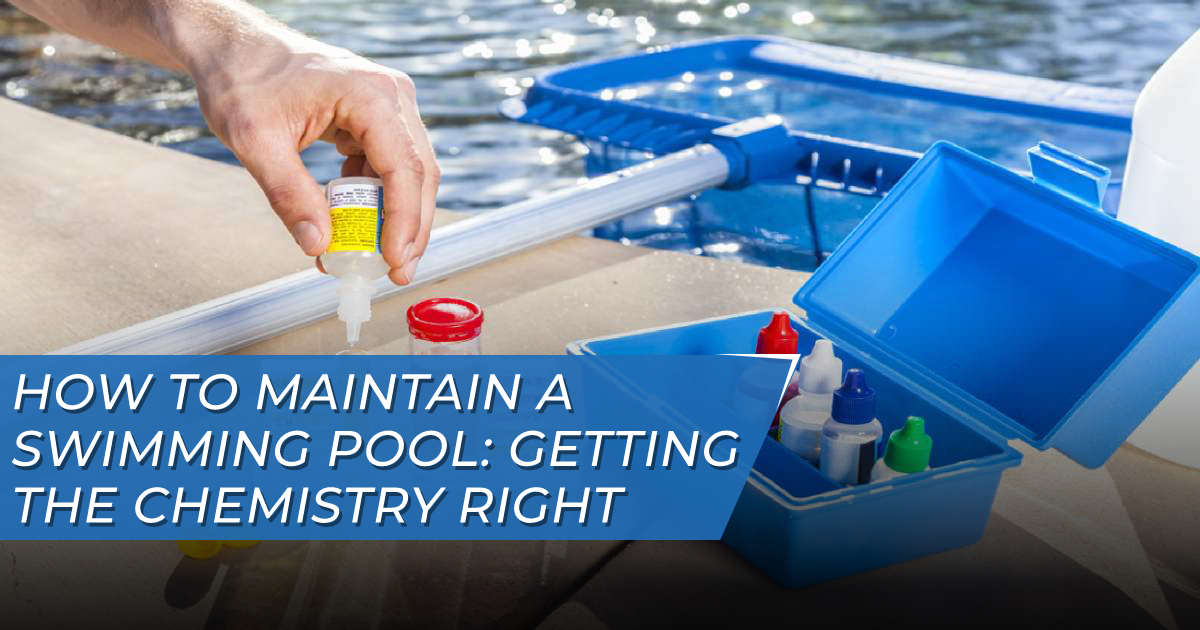Intro: So, you’ve got yourself an inflatable pool and you want to make sure the water stays clean and balanced? Well, you’ve come to the right place! In this article, we’ll be discussing all the ins and outs of maintaining balanced water chemistry in your inflatable pool. Trust me, after reading this, you’ll be fully equipped with all the knowledge you need to keep that pool water crystal clear.
Now, let me tell you, maintaining the water chemistry in an inflatable pool isn’t as complicated as it may sound. With a few simple steps and the right tools, you’ll be able to ensure that your pool water remains safe and comfortable for swimming. We’ll be diving into topics such as the importance of pH balance, how to test and adjust the levels, and the role of chlorine and other sanitizers in keeping your water clean. Oh, and we’ll even touch on some troubleshooting tips for those pesky algae outbreaks. So, if you want to know the secret to that perfect pool water, keep reading and you’ll become a pro in no time.
| Inflatable Pool Features | Description |
|---|---|
| Affordability and Accessibility | Inflatable pools are a cost-effective option compared to traditional pools. They are easily accessible and can be set up in any outdoor space, including small yards or even balconies. |
| Versatility and Portability | Inflatable pools come in various sizes and shapes, offering versatility to suit different preferences and needs. They are also highly portable, allowing you to easily move them around and store them when not in use. |
| Easy Setup and Storage | Setting up an inflatable pool is a breeze. Most models come with a simple inflation process, and they can be ready for use in no time. Additionally, inflatable pools are easy to deflate and store, making them a convenient choice for seasonal use. |
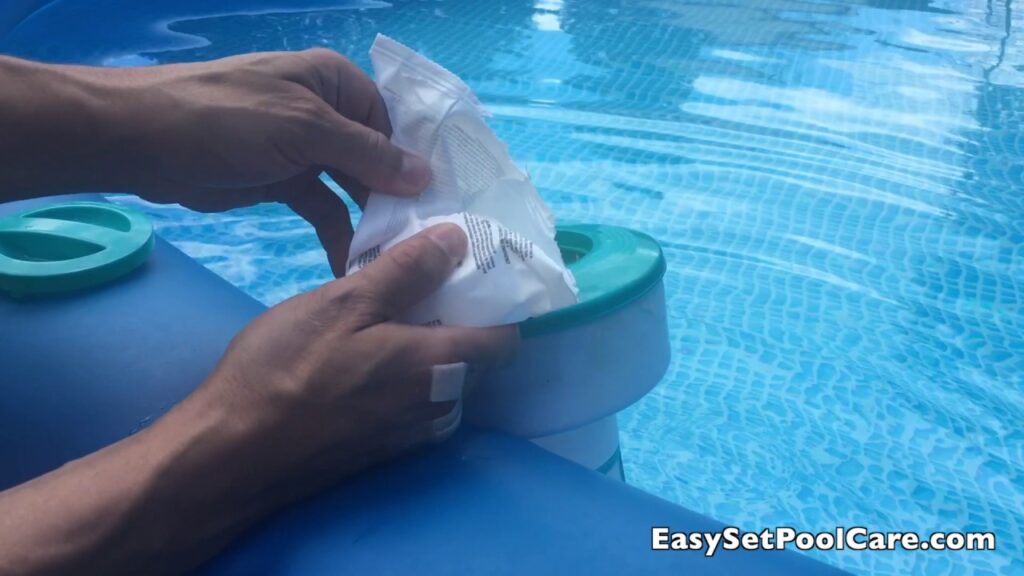
Why Choose an Inflatable Pool?
Affordability and Accessibility
Inflatable pools are a popular choice among individuals who want to enjoy the benefits of a swimming pool without the high cost. Compared to traditional pools, inflatable pools are significantly more affordable, making them accessible to a wider range of people. Whether you have a small budget or limited outdoor space, an inflatable pool can provide you with a refreshing and enjoyable swimming experience.
Versatility and Portability
One of the key advantages of inflatable pools is their versatility. They come in various sizes and shapes, ranging from small kiddie pools to larger family-sized options. This allows you to choose the perfect pool that suits your needs and preferences. Additionally, inflatable pools are highly portable. They are easy to move around and can be set up in different locations, such as your backyard, patio, or even on a rooftop. This flexibility enables you to enjoy a swim wherever and whenever you want.
Easy Setup and Storage
Setting up an inflatable pool is a quick and straightforward process. Most models come with a user-friendly inflation system that allows you to inflate the pool in a matter of minutes. Once inflated, the pool is ready for use, and you can start enjoying a refreshing swim right away. Similarly, deflating and storing the pool is equally hassle-free. Simply deflate the pool, fold it up, and store it in a compact space until you’re ready to use it again. This easy setup and storage make inflatable pools a convenient option, especially for those who want a temporary or seasonal swimming solution.
Understanding Water Chemistry in Inflatable Pools
Importance of Balanced Water Chemistry
Maintaining balanced water chemistry is crucial for the overall health and safety of your inflatable pool. The right water chemistry prevents the growth of bacteria, algae, and other harmful microorganisms, ensuring clean and hygienic pool water. Balanced water chemistry also helps to preserve the longevity and durability of the pool material, preventing damage and excessive wear and tear.
Factors Affecting Water Chemistry
Several factors can impact the water chemistry in your inflatable pool. These factors include the source of water used to fill the pool, weather conditions, pool usage frequency, and the presence of chemicals or contaminants. It’s essential to regularly monitor and adjust these factors to achieve and maintain the ideal water chemistry.
Testing and Monitoring Water Chemistry
To maintain balanced water chemistry in your inflatable pool, regular testing and monitoring are necessary. You can use test kits or test strips specifically designed for swimming pool water to measure essential parameters such as pH levels, chlorine levels, alkalinity, calcium hardness, and total dissolved solids (TDS). By regularly testing and monitoring these parameters, you can identify any imbalances or deviations and take appropriate actions to restore water chemistry.
Maintaining pH Levels in Your Inflatable Pool
What is pH and Why is it Important?
pH is a measure of the acidity or alkalinity of the water. It ranges from 0 to 14, with 7 being considered neutral. Maintaining the proper pH level in your inflatable pool is crucial for several reasons. Firstly, pH affects the effectiveness of chlorine as a disinfectant. If the pH is too high or too low, the chlorine may become less effective in killing bacteria and other contaminants. Secondly, imbalanced pH can cause skin and eye irritation for swimmers. Finally, pH can also impact the overall water clarity and quality in the pool.
Ideal pH Range for Inflatable Pools
The ideal pH range for inflatable pools is between 7.2 and 7.8. This slightly alkaline pH range ensures optimal chlorine efficiency and provides a comfortable swimming environment for pool users. To maintain the appropriate pH level, regular testing is essential, especially after heavy pool usage, rainfall, or adding chemicals to the pool.
Methods to Adjust and Stabilize pH
If the pH level in your inflatable pool is too high, you can use pH decreasers or pH minus products to bring it down to the desired range. These products usually contain chemicals such as sodium bisulfate or muriatic acid. On the other hand, if the pH level is too low, pH increasers or pH plus products can be used to raise it to the recommended range. These products often contain sodium carbonate or sodium bicarbonate. It’s important to follow the manufacturer’s instructions and dosages when using pH adjusting chemicals, as overcorrecting pH can lead to further imbalances.
Chlorine and Sanitization Methods
The Role of Chlorine in Disinfection
Chlorine is a widely used disinfectant in swimming pools, including inflatable pools. Its primary function is to kill bacteria, viruses, algae, and other microorganisms that can multiply in pool water and pose health risks to swimmers. Chlorine works by oxidizing these contaminants, effectively breaking them down and rendering them harmless.
Different Sanitization Methods
There are multiple ways to sanitize the water in your inflatable pool and maintain the required chlorine levels. The most common methods include:
-
Chlorine Tablets: Chlorine tablets are a convenient and effective way to sanitize your pool. They are placed in a floating dispenser or the skimmer basket, slowly dissolving and releasing chlorine into the water.
-
Liquid Chlorine: Liquid chlorine, also known as bleach, is another option for sanitizing your pool. It can be added directly to the pool water, but it’s important to calculate the dosage accurately based on the pool volume.
-
Saltwater Chlorination: Saltwater chlorination systems produce chlorine from salt through a process called electrolysis. These systems are becoming increasingly popular among pool owners due to their convenience and reduced use of traditional chlorine chemicals.
Pros and Cons of Chlorine Alternatives
While chlorine is the most common sanitizer for inflatable pools, there are alternative methods available, each with its pros and cons. Some alternatives include:
-
Bromine: Bromine is an effective sanitizer that can be an alternative to chlorine. It has a lower odor and is more stable at higher temperatures, but it is generally more expensive than chlorine.
-
Mineral Purifiers: Mineral purifiers use elements such as silver or copper to control bacteria and algae growth. They work alongside a reduced amount of chlorine, providing a more natural and eco-friendly option.
-
UV Systems: Ultraviolet (UV) systems use UV light to kill and neutralize microorganisms in the pool water. While UV systems can reduce the dependency on chlorine, they are often used in conjunction with a low level of chlorine to ensure complete sanitization.
It’s important to research and understand the advantages and drawbacks of each sanitization method to choose the one that best suits your needs and preferences.
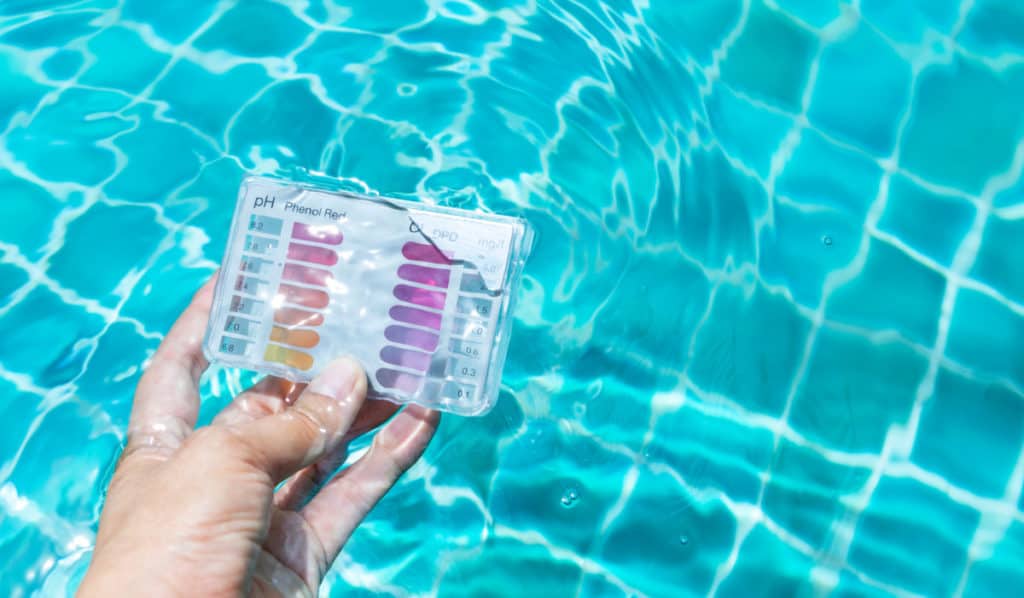
Alkalinity and Its Impact on Water Balance
Understanding Alkalinity Levels
Alkalinity refers to the ability of your inflatable pool water to resist changes in pH. It acts as a buffer, helping to maintain stable pH levels and preventing rapid fluctuations. The measure of alkalinity is usually reported in parts per million (ppm).
Effects of Low and High Alkalinity
Low alkalinity in your inflatable pool can result in pH instability, causing the pH levels to fluctuate and become difficult to control. This can lead to increased chlorine consumption, skin and eye irritation for swimmers, and reduced water clarity. On the other hand, high alkalinity can cause cloudy water, scale formation on pool surfaces, and decreased chlorine effectiveness.
Methods to Adjust Alkalinity
To adjust alkalinity levels in your inflatable pool, you can use alkalinity increasers or alkalinity decreasers. Alkalinity increasers such as sodium bicarbonate or baking soda can be added to raise alkalinity levels, while alkalinity decreasers such as muriatic acid or sodium bisulfate can be used to lower alkalinity. It’s important to follow the manufacturer’s guidelines and dosage instructions to avoid overcorrecting alkalinity levels.
Calcium Hardness and Preventing Scale Formation
Importance of Calcium Hardness
Calcium hardness refers to the concentration of calcium ions in your inflatable pool water. Maintaining the proper calcium hardness level is crucial for the longevity and durability of your pool as well as the comfort of swimmers. Too low calcium hardness can result in corrosion of metal surfaces, such as pool equipment or ladder, while excessively high calcium hardness can cause scale formation on pool surfaces, reducing water circulation and potentially damaging the pool material.
Preventing Scaling and Staining
To prevent scale formation and staining, it’s important to maintain the recommended calcium hardness levels for your inflatable pool. You can do this by regularly testing the calcium hardness and adjusting it when necessary. High calcium hardness levels can be lowered by diluting the pool water with fresh water or using a calcium reducer product. Conversely, if the calcium hardness is too low, you can increase it by adding a calcium hardness increaser.
Adjusting Calcium Hardness Levels
Calcium hardness levels vary depending on factors such as pool material and water source. Generally, the recommended range for inflatable pools is between 150 and 400 ppm. By testing and adjusting the calcium hardness levels, you can prevent scale formation, extend the lifespan of your pool, and ensure a comfortable swimming experience.
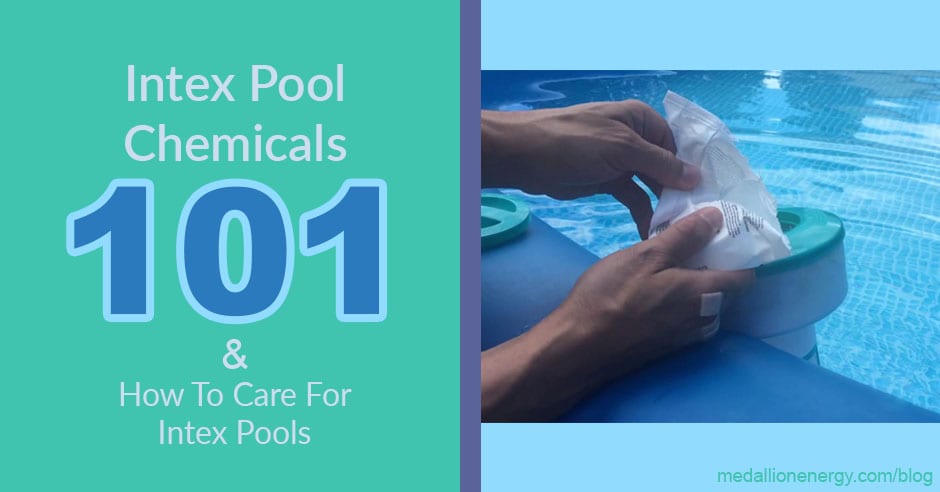
Shock Treatment and Oxidation
Purifying and Removing Contaminants
Regular shock treatment is essential to keep your inflatable pool water clean and safe for swimming. Shock treatment, also referred to as superchlorination, involves adding chlorine or a non-chlorine oxidizer to the water to eliminate organic and inorganic contaminants. This process helps break down chloramines, which are formed when chlorine combines with organic compounds like sweat, urine, or sunscreen.
Chlorine vs. Non-Chlorine Shock Treatments
Chlorine is the most commonly used chemical for shock treatment. It effectively kills bacteria, algae, and other microorganisms, ensuring clean and hygienic pool water. Non-chlorine shock treatments, on the other hand, use alternative oxidizers such as potassium monopersulfate or hydrogen peroxide. These non-chlorine shock treatments are ideal for individuals who are sensitive to chlorine or prefer a chlorine-free option.
Frequency and Procedures for Shock Treatment
The frequency of shock treatment depends on the pool usage and environmental conditions. As a general guideline, it’s recommended to shock your inflatable pool at least once a week, or more frequently if the pool has heavy usage or a higher bather load. It’s also important to follow the manufacturer’s instructions on the specific shock treatment product you’re using. Always pre-dissolve the shock treatment chemical in a bucket of water before adding it to the pool to ensure even distribution and prevent possible damage to the pool liner or equipment.
Filtration and Circulation System Maintenance
Keeping Your Pool Water Clean and Clear
Proper filtration and circulation are essential for maintaining clean and clear water in your inflatable pool. The filtration system helps remove debris, dirt, and other particles from the pool water, while the circulation system ensures water movement and exposure to sanitizing chemicals.
Cleaning and Replacing Filters
Regular filter maintenance is necessary to ensure optimal performance. It’s important to clean the filter regularly to remove debris and contaminants that may clog the filter media. Depending on the type of filter, cleaning methods may include backwashing, hosing off, or soaking the filter element in a cleaning solution. Additionally, over time, the filter media may become worn out and less effective. It’s important to replace the filter cartridge or backwash the sand or diatomaceous earth (DE) filter media as recommended by the manufacturer.
Optimizing Circulation for Water Clarity
Proper circulation is crucial for maintaining clean and clear water in your inflatable pool. Good circulation helps distribute sanitizing chemicals evenly, preventing the growth of algae and bacteria in stagnant areas. To optimize circulation, ensure that the pool’s pump and filter system are properly sized for your pool volume. Additionally, consider the placement of return jets and the use of pool accessories such as skimmers and water features to promote water movement.
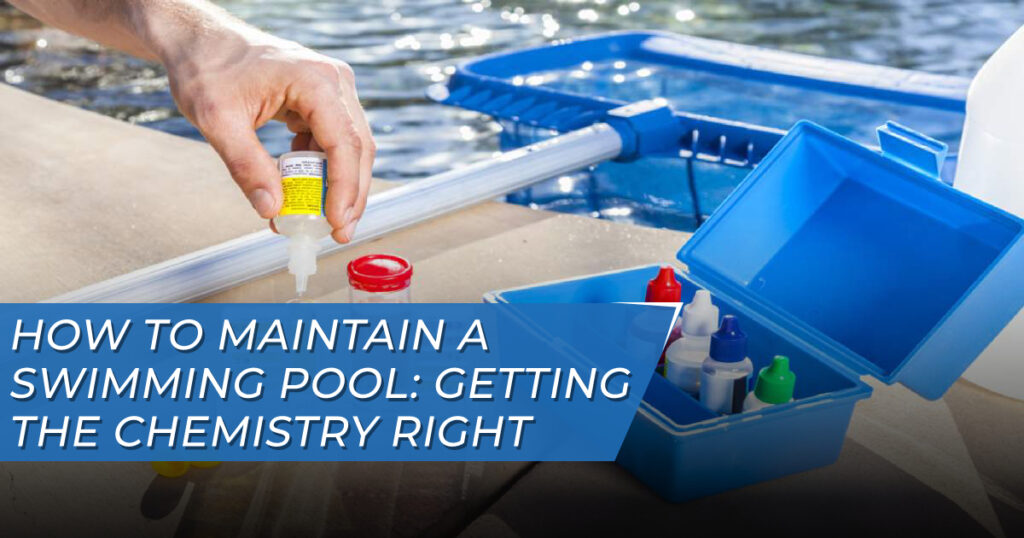
Water Balancing Tips and Tricks
Preventing Algae Growth
Algae growth can be a common issue in inflatable pools, especially when water chemistry is not properly maintained. To prevent algae growth, it’s important to regularly test and balance the water chemistry. This includes maintaining appropriate pH, alkalinity, and chlorine levels, as well as controlling calcium hardness. Additionally, regular brushing of pool surfaces and shock treatment can help prevent and control algae growth.
Managing Total Dissolved Solids (TDS)
Total Dissolved Solids (TDS) refers to the accumulation of various dissolved substances in the pool water over time. High TDS levels can lead to cloudy water, reduced chlorine effectiveness, and potential skin and eye irritation for swimmers. To manage TDS, it’s important to regularly monitor water chemistry and conduct partial water changes to dilute the dissolved solids. Additionally, using a clarifying agent can help improve water clarity by enhancing filtration and reducing suspended particles.
Avoiding and Treating Cloudy Water
Cloudy water in your inflatable pool can be caused by several factors, including poor water chemistry, algae growth, inadequate filtration, or insufficient circulation. To avoid cloudy water, regularly test and balance the water chemistry, maintain the appropriate chlorine levels, and ensure proper filtration and circulation. If your pool water becomes cloudy, you can use a clarifying agent or water flocculant to help clear the water. It’s also important to regularly clean and backwash the filter to remove any trapped debris that may contribute to cloudy water.
Proper Cleaning and Skimming Techniques
Removing Debris and Leaves
Regular skimming and cleaning of your inflatable pool is necessary to remove debris, leaves, and other floating particles. You can use a skimmer net or a pool vacuum to manually remove visible debris from the water surface. It’s recommended to skim your pool daily, especially if you have trees or plants near the pool that may shed leaves or other organic matter.
Brushing and Vacuuming the Pool
In addition to skimming, brushing and vacuuming your inflatable pool are important for maintaining clean pool surfaces. Brushing helps remove algae and other contaminants that may be attached to the pool walls or floor. Use a pool brush with nylon or stainless steel bristles, depending on your pool surface material. Vacuuming is necessary to remove smaller particles and dirt that may have settled on the pool floor. Manual vacuuming with a vacuum head attached to a pool pole or using an automatic pool cleaner can help ensure a thorough cleaning.
Maintaining Surface and Walls
Regular cleaning and maintenance of the pool surfaces and walls are necessary to prevent the buildup of dirt, grime, and algae. Use a pool brush to gently scrub the walls and surfaces, focusing on areas prone to algae growth and buildup. Additionally, regularly inspect the pool surfaces for any signs of damage or wear and tear, such as punctures or leaks. Address any issues promptly to ensure the longevity and durability of your inflatable pool.
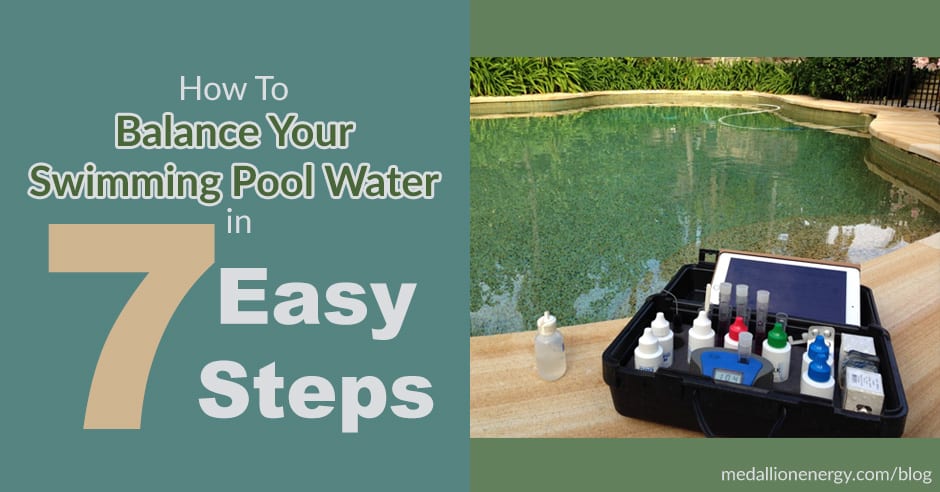
Avoiding Common Water Chemistry Mistakes
Over-Chlorination and Chemical Imbalances
One common mistake in maintaining water chemistry is over-chlorination. Adding excessive amounts of chlorine can lead to imbalanced water chemistry and cause skin and eye irritation for swimmers. Additionally, chemical imbalances, including improper pH, alkalinity, or calcium hardness levels, can impact water clarity, the effectiveness of sanitizers, and overall pool hygiene. It’s important to regularly test and adjust water chemistry parameters to prevent these issues.
Skipping Regular Maintenance Tasks
Regular maintenance tasks, such as testing water chemistry, cleaning filters, and skimming the pool, are essential for the overall health and cleanliness of your inflatable pool. Skipping these tasks can result in imbalanced water chemistry, poor water quality, and increased risk of bacteria and algae growth. It’s important to establish a regular maintenance routine and adhere to it to ensure a safe and enjoyable swimming experience.
Ignoring Early Warning Signs
Early warning signs of water chemistry imbalances or pool issues should not be ignored. These signs may include cloudy water, strong chemical odors, skin and eye irritation, or reduced chlorine effectiveness. When you notice any of these signs, it’s important to take immediate action to identify and rectify the underlying issue. Regular testing, proper maintenance, and prompt response to warning signs can help prevent larger problems and ensure a clean and safe swimming environment.
Taking Safety Precautions in Inflatable Pools
Supervision and Monitoring
Safety should always be a top priority when using an inflatable pool. Never leave children or weak swimmers unattended in or near the pool, even for a short period. Always have a responsible adult present to supervise and monitor pool activities. It’s also crucial to establish and enforce pool rules, such as no diving, no running, and no horseplay to minimize the risk of accidents and injuries.
Proper Use of Pool Accessories
Using pool accessories correctly is essential for safety and to maintain the integrity of your inflatable pool. Make sure to follow the manufacturer’s guidelines for using pool slides, inflatable toys, or other accessories to prevent damage to the pool liner or potential injury to swimmers. It’s also important to regularly inspect and maintain the pool accessories to ensure they are in good condition and do not pose any safety hazards.
Ensuring Water Quality and Hygiene
Maintaining balanced water chemistry is key to ensuring water quality and hygiene in your inflatable pool. Proper water treatment and regular testing can help prevent the spread of bacteria, viruses, and other microorganisms that can cause illness. Additionally, practicing good hygiene, such as showering before entering the pool and refraining from swimming with an open wound, can further contribute to a clean and safe swimming environment.
Seasonal Pool Closing and Winterization
Preparing Your Inflatable Pool for Winter
As the colder months approach, it’s important to properly close and winterize your inflatable pool to protect it from potential damage caused by freezing temperatures. Start by cleaning the pool and removing any debris or algae. Ensure the pool is completely dry before deflating and folding it for storage. Consider using a pool cover to protect the deflated pool from the elements during winter.
Draining and Storing the Pool
Before draining the pool, check the manufacturer’s instructions to ensure proper drainage procedures for your specific model. Once drained, thoroughly clean and dry the pool to prevent mold or mildew growth. Fold and store the deflated pool in a cool and dry location, away from direct sunlight or extreme temperatures. Ideally, store the pool in a clean and well-ventilated area, such as a garage or shed.
Protecting the Pool from Cold Weather
In addition to proper winterization, it’s important to protect your inflatable pool from cold weather elements. Consider covering the stored pool with a tarp or using a pool cover to provide an extra layer of protection against moisture, debris, and potential damage. Regularly inspect the pool cover or tarp for any signs of wear and tear and repair or replace as necessary.
Conclusion
Maintaining balanced water chemistry in your inflatable pool is essential for the safety, cleanliness, and longevity of your pool. By understanding and monitoring important parameters such as pH, chlorine levels, alkalinity, calcium hardness, and TDS, you can ensure a comfortable and enjoyable swimming experience. Incorporate proper maintenance practices, such as regular testing, cleaning, and filtration system maintenance, to prevent common water chemistry mistakes and address any issues promptly. By following these tips and tricks, you can become a responsible and informed owner, and make the most out of your inflatable pool.
